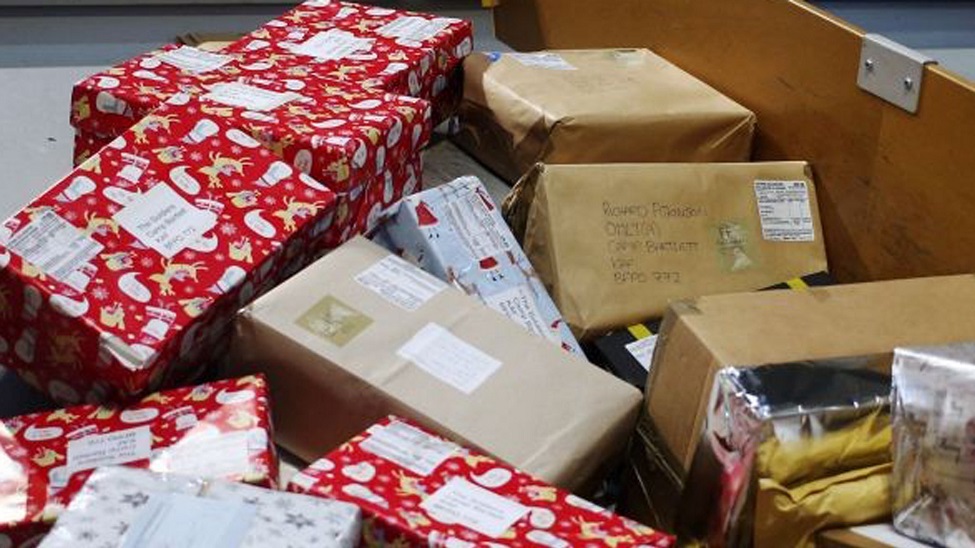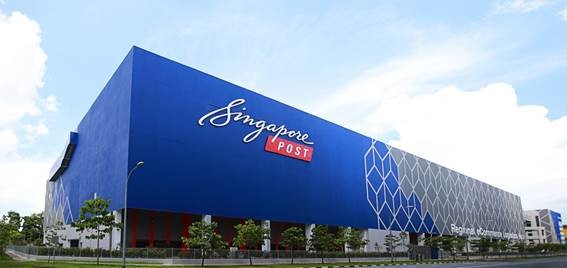Disruption in the global container shipping industry shows no sign of being resolved quickly and could lead to shortages in the run-up to Christmas, say industry experts, reports the BBC.
An outbreak of Covid-19 in Guangdong province in southern China has caused acute congestion at the region’s ports.
As a result, shipments have been delayed, exacerbating tensions within global supply chains.
And the knock-on effects could take many months to resolve.
Yantian International Container Terminal is one of a number of ports in the Shenzhen region, which collectively form a vital gateway for exports from the Pearl River Delta, a major Chinese centre for manufacturing and technology.
Since late May, the terminal has been operating at a fraction of its normal capacity, with operations restricted due to controlling the spread of Covid. This has led to severe congestion, with dozens of ships waiting outside the port for a berth to become available.
“One of the biggest ports in China has basically closed down for close to three weeks. They have some berths in operation, but nowhere near enough”, says Nils Haupt, communications director at the German shipping line Hapag-Lloyd.
Over the past few days, shipping lines have been diverting vessels away from Yantian to other nearby terminals in the Delta area. But, according to Mr Haupt, that has been creating its own problems.
“You can use ports like Shekhou, you can use Nansha, you can use Hong Kong; but what we’re seeing right now is that delays are piling up there as well,” he says.
According to Peter Sands, chief shipping analyst at the industry organisation Bimco, the sector is used to responding to crises.
“On a global network scale, these states of emergency are a permanent situation right now,” he explains.
“But the issue with Yantian is, we need more transparency and openness from the local authorities. And we aren’t getting that, which means there is a lot of uncertainty in developing contingency plans.”
The hope within the industry is that the situation in Yantian will be resolved as rapidly as possible, although experts warn that when that happens, it will lead to a surge in shipments from the region, which could cause further bottlenecks elsewhere in the supply chain.
“Because the system is so overloaded, every time one of these things happens now, the system is already at breaking point, or past breaking point, so anything else just adds grist to the mill,” explains James Baker, containers editor at shipping industry publication, Lloyd’s List.
For this reason he expects the disruption to continue for at least another 12 months, with consumers in Europe and North America continuing to face much longer waits than normal for their goods.
For UK retailers, this raises the real prospect of a shortage of goods ahead of the Christmas shopping period. Even under normal circumstances, they begin to acquire seasonal stocks from China months in advance, with the process beginning in the late summer.
“One of the issues at the moment, which is aiding the congestion, is the fact that everyone knows that the lead times are really slow, so retailers are booking their Christmas goods already,” says Mr Baker.
“Traditionally, the peak season for container shipping starts in the third quarter as everyone stocks up for the holiday season in the west, but this year we’re just in a permanent peak season already, and heaven knows what’s going to happen come August or September. It could get crazy. It’s very hard to tell.”
The situation could improve, he says. But, slightly tongue-in-cheek perhaps, he has some advice for consumers: “If you want to get something for your family for Christmas, start shopping now.”















